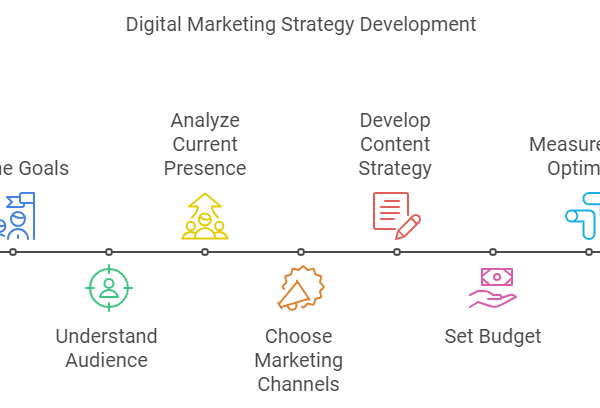
Respiratory hazards in the workplace pose significant risks to workers’ health and safety. These hazards can arise from various sources such as gases, vapors, dust, fumes, and biological agents. As a result, it is crucial for employers and employees to recognize these hazards and implement effective preventive measures. This article will delve into five common respiratory hazards found in workplaces and provide insights into how to prevent them, in line with NEBOSH guidelines.
Identifying Respiratory Hazards
Before delving into prevention measures, it’s essential to understand the types of respiratory hazards commonly encountered in the workplace. These hazards include:
1. Inhalation of Harmful Gases and Vapors
Certain industrial processes and chemical substances can emit harmful gases and vapors, leading to respiratory issues upon inhalation. Examples include carbon monoxide, ammonia, and chlorine.
2. Exposure to Dust and Particulate Matter
Workplaces such as construction sites, mines, and factories may generate dust and particulate matter, posing respiratory risks. Inhalation of these particles can lead to conditions like pneumoconiosis and asthma.
3. Inhalation of Fumes
Fumes generated from welding, soldering, and other industrial processes contain airborne particles and gases that can be hazardous when inhaled, leading to respiratory irritation and long-term health issues.
4. Biological Agents
Certain workplaces, such as healthcare facilities and laboratories, expose workers to biological agents like bacteria, viruses, and fungi. Inhalation of these agents can result in respiratory infections and diseases.
5. Oxygen-Deficient Environments
Confined spaces or areas with inadequate ventilation may have reduced oxygen levels, leading to respiratory distress and, in severe cases, asphyxiation.
Understanding these hazards is the first step in developing effective prevention strategies.
Preventive Measures to Mitigate Respiratory Hazards
1. Engineering Controls
Implement engineering controls to minimize or eliminate respiratory hazards at the source. This may involve installing ventilation systems, using enclosed processes, or substituting hazardous substances with safer alternatives.
2. Personal Protective Equipment (PPE)
Provide appropriate respiratory protective equipment, such as respirators, to workers exposed to respiratory hazards. Ensure that respirators fit properly and provide adequate protection against specific hazards present in the workplace.
3. Administrative Controls
Implement administrative controls to reduce exposure to respiratory hazards. This may include establishing work procedures, rotating tasks to minimize exposure time, and providing training on hazard recognition and preventive measures.
4. Regular Monitoring and Maintenance
Conduct regular monitoring of air quality in the workplace to identify potential respiratory hazards. Implement routine maintenance of ventilation systems and equipment to ensure their effectiveness in controlling airborne contaminants.
5. Education and Training
Provide comprehensive education and training to employees on respiratory hazards, proper use of respiratory protective equipment, and emergency procedures. NEBOSH course offer valuable insights into respiratory hazard management and can equip workers with the knowledge and skills needed to stay safe.
Integrating NEBOSH Principles into Respiratory Hazard Management
NEBOSH, a leading authority in health and safety training, emphasizes the importance of proactive risk management to create safer workplaces. By incorporating NEBOSH principles into respiratory hazard management, organizations can enhance their safety culture and reduce the risk of workplace injuries and illnesses.
1. Building Competence and Compliance
NEBOSH Course provide in-depth knowledge of occupational health and safety principles, including the identification and control of respiratory hazards. Through NEBOSH-certified training programs, professionals gain the expertise to assess workplace risks, develop effective control measures, and ensure compliance with relevant regulations.
2. Enhancing Workplace Safety
Enrolling employees in NEBOSH courses, such as the NEBOSH National General Certificate or the NEBOSH International Diploma, equips them with the skills to recognize, assess, and mitigate respiratory hazards effectively. By promoting a culture of safety and accountability, NEBOSH-certified professionals contribute to creating healthier and safer work environments.
Conclusion
Respiratory hazards pose significant risks to workers’ health and safety in the workplace. Employers must prioritize the identification and control of these hazards to protect their employees from respiratory illnesses and injuries. By implementing preventive measures such as engineering controls, PPE, administrative controls, regular monitoring, and education and training, organizations can mitigate respiratory hazards effectively. Integrating NEBOSH principles into respiratory hazard management further enhances safety practices and ensures compliance with industry standards. Through NEBOSH courses, professionals acquire the knowledge and skills necessary to create safer workplaces and promote a culture of health and safety.Integrating NEBOSH principles into respiratory hazard management not only enhances safety practices but also ensures compliance with industry standards and regulations.











